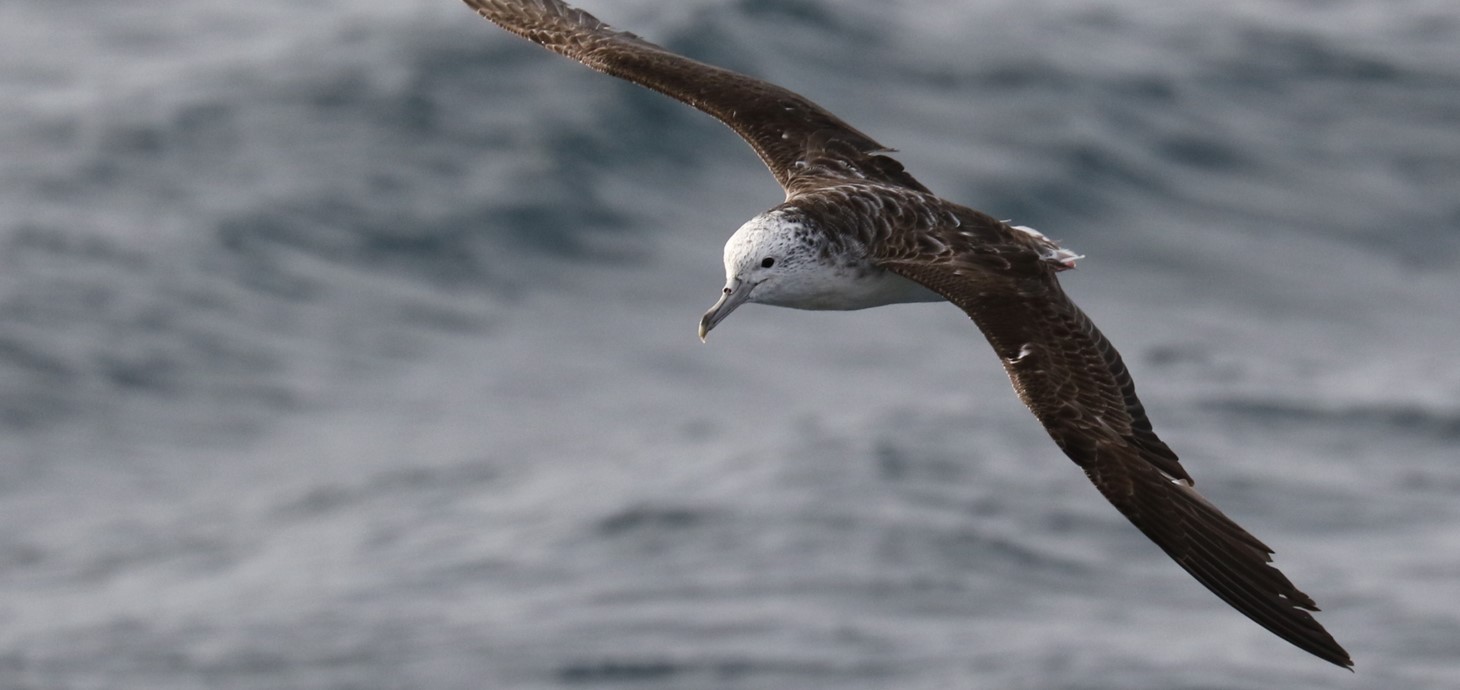
New research led by Swansea University has found some pelagic seabirds fly directly towards the eye of a storm, which researchers think may help them avoid being forced onto land masses, reducing the risk of injury or death.
Professor Emily Shepard and Dr Emmanouil Lempidakis, from the Biosciences Department, worked with academics from Nagoya University, the University of Leeds, and Nagoya Institute of Technology to investigate how shearwaters respond to tropical cyclones and storms in the Sea of Japan, close to the most active cyclone basin worldwide, the Northwest Pacific.
The team tagged adult shearwaters over 11 years and analysed their GPS tracks in relation to the wind.
The results, published in the Proceedings of the National Academy of Sciences (PNAS), showed that the birds often flew towards the storm centre where wind speeds are highest, even during the strongest typhoon in the study period.
Cyclones move in an anti-clockwise direction in the Northern Hemisphere, so if the birds had stayed in their original location, they may well have found themselves caught up in the strong onshore winds behind the storm eye. This could drift the birds over land, a dangerous prospect with possible collisions, uncontrolled landings, and encounters with predators.
Professor Emily Shepard, an expert in the movement ecology of wild animals, said: “We were astonished when we saw from the GPS tracks that shearwaters were flying towards the eye of the storm, and sometimes tracking it for several hours. This is unlike any response to storms that has been seen before in seabirds.”
Dr Emmanouil Lempidakis, who conducted this research as part of his PhD, added: “Shearwaters, like albatrosses, are adapted to windy conditions, as their flight style enables them to fly without much flapping when it’s windy, but there comes a point where their flight speed cannot match the wind speed.
“When this happens, birds start to drift with the wind, which is why we were surprised that they fly towards some of the strongest typhoon winds.”
Whilst the research does show some of the birds circumnavigated storms, this only happened when they were far out to sea and had the benefit of a clear path around the storm. Together, this shows that the birds adapted their response to the storm depending on their location and the storm’s path.
The study highlights how these birds may need to know where land is in order to avoid it, which could help explain why sometimes, thousands of juvenile birds are washed up in the aftermath of storms; unlike adults, they have not had time to build up a map of their surroundings.
